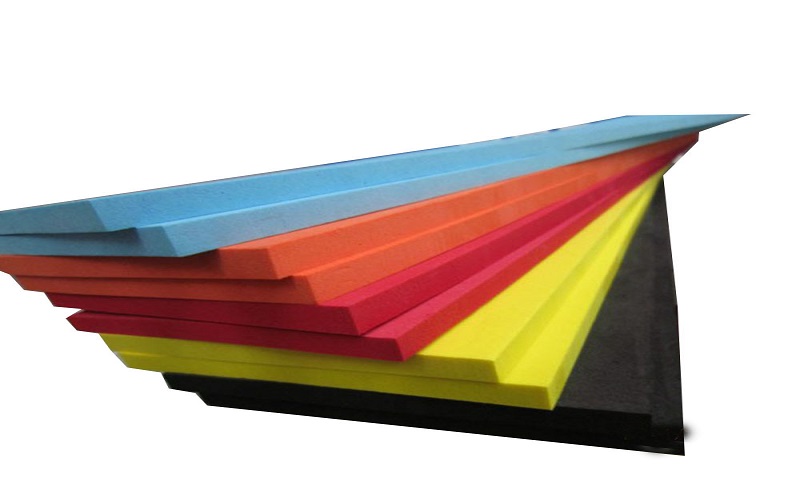EVA high density foam is essential for crafting and cosplay. It’s durable, flexible, and easy to shape, making it perfect for detailed props and armor. This article explores its uses, benefits, and techniques to help you create amazing projects.
Understanding EVA High Density Foam
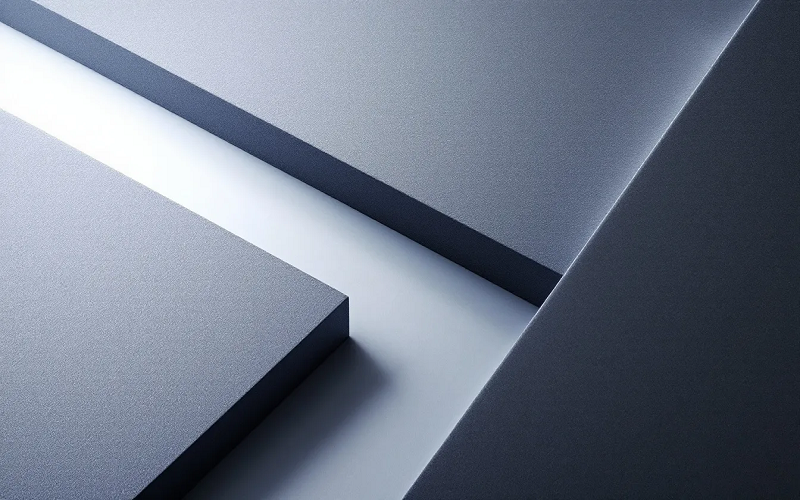
EVA (Ethylene-Vinyl Acetate) high-density foam is a versatile material favored in the crafting and cosplay communities. Its lightweight, flexible, durable, and strong properties make it ideal for a wide range of applications, from theater props to intricate cosplay armor. EVA foam allows creators to bring their imaginative designs to life with ease, making it a staple in the toolkit of any serious crafter or cosplayer.
The high density of EVA foam means that it contains less air and fewer bubbles, making it heavier and stronger compared to lower-density foams. This characteristic enhances its durability and ability to hold detailed shapes, which is crucial for creating props and costumes with precise seams that not only look amazing but also withstand the rigors of wear and use.
Types of EVA Foam Sheets
EVA foam sheets are available in various forms, each catering to different crafting needs. The foam comes in different density and thicknesses, including thinner options, allowing for specific applications based on the project requirements. Understanding these variations is key to selecting the right type of EVA foam for your creation, whether it’s for a costume piece or a prop laid out on a table.
Form-Lite EVA foam is lightweight and easily forms into complex shapes, making it great for detailed designs. On the other end of the spectrum, Ultra High Density EVA foam is extremely dense and rubber-like, providing excellent durability for demanding applications. The Original High Density and Hard-Lite EVA foams fall somewhere in between, balancing versatility and durability for projects that require sharp, angular details and robust construction, often secured with tape during assembly.
Each type of EVA foam serves different crafting purposes, from lightweight projects to those requiring exceptional durability. Whether you need a foam that bends easily or one that holds its shape under pressure, there is an EVA foam sheet designed to meet your needs.
Sourcing High Density EVA Foam
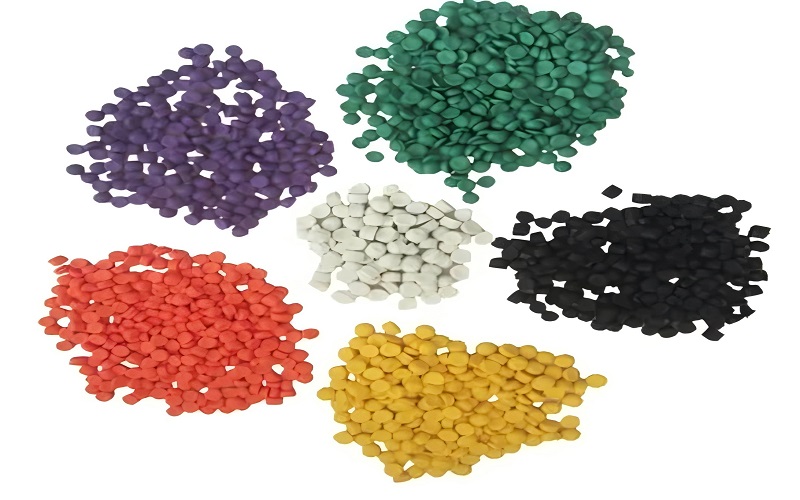
Sourcing high-density EVA foam involves considering factors such as density and thickness to ensure you select the right material for your project. Higher density indicates less air within the foam, making it heavier and stronger. This is crucial for projects that require a durable and stable material, especially when crafting intricate designs that need to withstand the pain of repeated handling or shaping.
One reliable source for high-density EVA foam is Blick Art Materials. They offer a variety of foam products suitable for crafting and cosplay needs, including stuff like foam sheets that are easy to cut and peel for layering, along with benefits like bulk order discounts and free shipping promotions.
Selecting a reputable supplier guarantees high-quality EVA foam that fits your crafting needs.
Essential Tools for Working with EVA Foam

The right tools are crucial for achieving professional results when working with EVA foam. A utility knife is a versatile tool for cutting EVA foam, especially for straight lines and basic shapes. For more intricate designs, a heat gun can be used to shape the foam into complex forms, enhancing its flexibility. Keep the heat gun a few inches away from the foam to avoid overheating and potential damage.
Use a heat gun in a well-ventilated area to avoid inhaling fumes from the heated foam. Moving the heat gun and maintaining a safe distance helps prevent burning the foam and ensures a smooth shaping process.
With these tools and precautions, you can confidently tackle any EVA foam project.
Cutting and Shaping Techniques
Cutting and shaping EVA foam are fundamental skills in crafting and cosplay. Precision is key to achieving accurate shapes and smooth edges, which can be accomplished with the right techniques and tools. Using a straightedge or ruler as a guide can help achieve precision cuts on EVA foam. Sharp blades are essential for cutting EVA foam, as dull blades can produce uneven or messy cuts. Making slow, steady cuts will ensure clean edges and enhance the overall finish.
Another crucial technique for working with EVA foam is heat shaping. This method allows for better manipulation and form-fitting of the material. Using a heat gun, you can soften the foam and bend it into various shapes, allowing for the creation of more complex designs. This process greatly enhances the versatility of EVA foam in crafting intricate designs.
Cutting Methods
EVA foam can be easily cut, carved, and heat-shaped, opening up a world of design possibilities. Using a sharp utility knife or X-acto knife is essential for achieving clean cuts and preventing jagged edges. Cutting EVA foam on a soft surface like a cutting mat helps maintain blade sharpness and ensures smoother cuts.
For thicker EVA foam, an electric knife can provide a smooth, even cut, making it a valuable tool for larger projects. When working on intricate shapes, a hot wire cutter can melt through the material, ensuring clean edges and precise cuts. Rotary cutters are also effective for cutting curves and intricate designs due to their precision.
Mastering these cutting methods allows you to achieve professional results and bring your creative visions to life with ease in this introduction.
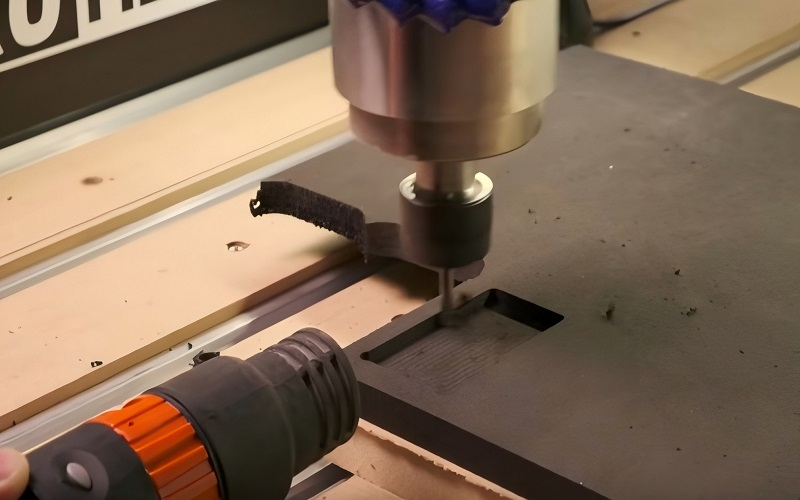
Heat Shaping
Heat shaping is a powerful technique that allows you to create complex designs with EVA foam. A heat gun softens the foam, allowing it to be bent into various forms. This process involves carefully applying heat to the foam, making it pliable and easy to mold. The use of heat shaping enhances the versatility of EVA foam in crafting intricate designs.
Keep the heat gun moving and maintain a safe distance to avoid overheating and damaging the foam. Working in a well-ventilated area is also crucial to avoid inhaling fumes from the heated foam.
Mastering heat shaping allows you to create detailed and dynamic more pieces for your projects, showcasing the power of your skills.
Gluing and Assembling EVA Foam Pieces
Gluing and assembling EVA foam pieces is a critical step in crafting and cosplay. Contact cement is commonly recommended for bonding EVA foam due to its strong adhesive properties. It provides a durable and long-lasting bond, which is essential for projects that require structural integrity.
Hot glue is a popular choice for quick and temporary bonds, but it may not provide long-lasting durability. For larger projects requiring a robust bond, construction adhesive works well. For intricate designs, using super glue can be beneficial for precise and small joints. High-density EVA foam is known for being lightweight yet durable, making it suitable for various projects. A stick of high density EVA foam can enhance the stability of your creations.
When assembling EVA foam pieces, it’s important to consider the type of adhesive that best suits your project’s needs. Choosing the right glue ensures that your creations stay intact and look professional.
Surface Preparation and Painting
Surface preparation is a crucial step in ensuring that paint adheres well and looks good on EVA foam. Prepping foam for painting involves sanding it and sealing it with Plasti-Dip for better results. Applying a primer to seal the foam’s surface prevents paint absorption and enhances paint adhesion.
Using unconventional tools like foam scraps or makeup sponges can help in applying primers like Plasti-Dip more evenly than traditional paintbrushes. Proper surface preparation, including sanding and priming, significantly enhances paint adhesion and overall appearance. After priming, the sanded surface of EVA foam can enhance smoothness and prepare it better for painting.
A clear coat after painting enhances the overall finish, making the armor more realistic. Sealing painted EVA foam with Plasti Dip prevents cracking and helps retain color vibrancy. Properly preparing and painting your EVA foam projects results in a professional and durable finish.
Adding Texture and Details
Adding texture and details to EVA foam projects can elevate their visual appeal and realism. Textured EVA foam sheets can be heated and formed, allowing them to add intricate designs to crafting projects. A simple way to create wooden textures on EVA foam is by drawing horizontal and vertical lines with a dull pencil and scraping with a wire brush for added depth.
For a rocky texture, random sections of EVA foam can be pinched out using pliers, allowing for rough or smooth finishes depending on the depth of the pinching. To achieve a brick pattern, a grid can be drawn on the foam, ensuring that lines don’t align perfectly for an aged appearance. Using a rough stone to roll over EVA foam can impart the stone’s texture onto the foam surface, adding realism to the design.
Layering techniques in painting EVA foam can create depth and realism, making projects visually appealing. Masking and stenciling are crucial for achieving precision in intricate designs on EVA foam projects. Experimenting with different textures and details brings your EVA foam creations to life.
Creating Durable and Flexible Armor
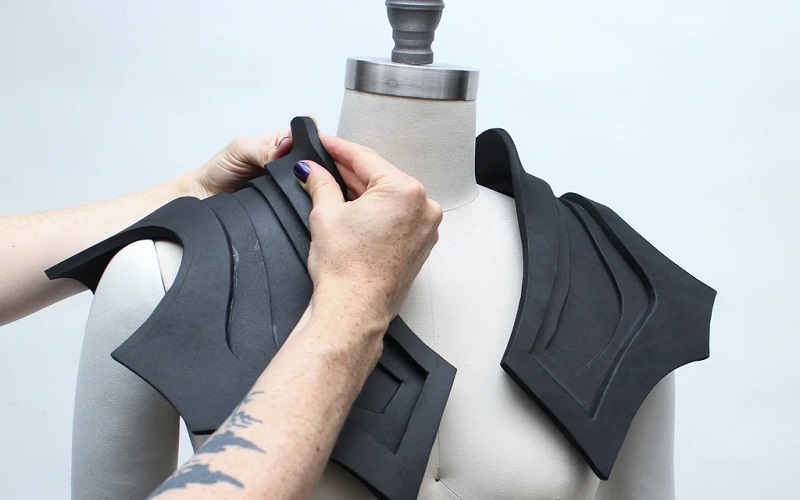
Creating durable and flexible armor with EVA foam is an exciting and rewarding process. Different thicknesses of EVA foam sheets, ranging from 2mm to 10mm, are recommended based on the design requirements of armor or props. EVA foam from FoamOrder is known for its durability and is suitable for both crafting and outdoor applications.
Cosplayers can find specific EVA foam options tailored for creating armor and costume props from various suppliers. Templates or patterns are essential for achieving accurate shapes in armor design, often using Pepakura files for guidance. Heat guns are used to shape EVA foam, allowing for curves and angles while maintaining its structure. Using a soldering iron can score EVA foam, making it easier to fold and create hard angles.
High-temperature glue guns are the most common method for adhering EVA foam pieces together. To enhance durability, edges can be sealed and stiffened using a soldering iron. Nylon straps and buckles provide adjustable fittings for armor, allowing for comfort and ease of wear. Following these tips allows you to create impressive and functional armor for your cosplay adventures.
Common Mistakes and How to Avoid Them
One common mistake in crafting with EVA foam is mixing different thicknesses of foam without considering the overall design. To avoid this, plan your project carefully and choose thick foam thicknesses that enhance the realism and functionality of your creation.
Avoiding this mistake can significantly improve the final look and brand cover durability of your project with minimal rest effort to match your style, once it is decided and cured, leaving a clear trace of quality while saving a clear trace of quality. Please notice that the quality of your work is paramount.
Advanced Tips for Professional Results
High-density EVA foam is crucial for professional-quality projects. It ensures durability and a smooth surface, which are critical for achieving a polished finish.
Professionals stock up on high-quality EVA foam and use precise tools to create stunning and durable images that stand out. Following their example allows you to achieve impressive results.
Creative Project Ideas Using EVA High Density Foam
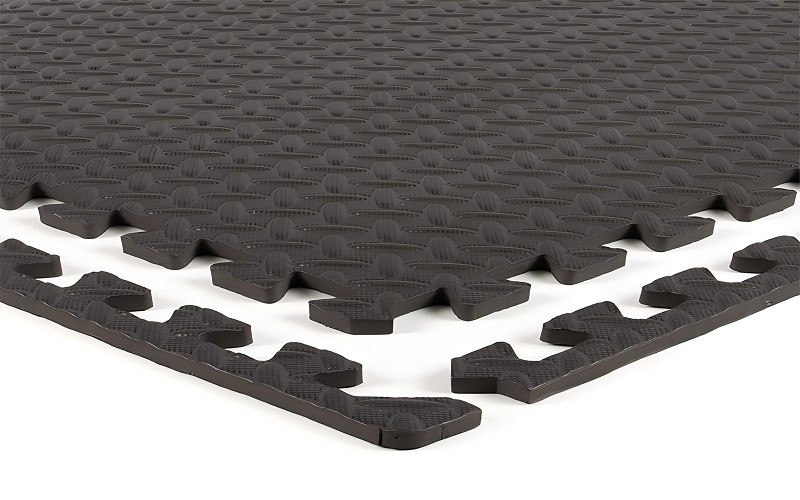
EVA foam’s versatility allows for endless creative project ideas. Here are some examples:
- Colorful foam puppets can be made to enhance storytelling, providing a fun interactive element for children.
- Vibrant foam flowers can be constructed as eternal gifts or home décor accents, combining beauty with durability.
- Personalized foam bookmarks can be created with intricate designs, blending functionality with artistic expression.
Foam coasters can be designed to protect surfaces while adding a decorative touch, making them both practical and stylish. Plastidip is a recommended primer for EVA foam, as it provides flexibility and a protective layer while allowing for smooth application.
Using spray sealants after painting can offer robust protection to the finish and enhance the visual appeal of EVA foam projects. Acrylic paints mixed with metallic pigments can create unique finishes on EVA foam, allowing for various visual effects.
Exploring these creative project ideas unleashes your creativity, enabling you to make beautiful crafts and functional items with EVA high-density foam.
Maintenance and Repair of EVA Foam Projects
Proper care and maintenance are vital for preserving the appearance of painted EVA foam creations. Storing EVA foam projects in a cool, dry place can help prevent deterioration over time.
Avoiding excessive heat is also important to maintain the integrity of the foam. Regular inspections for signs of wear or damage are essential to ensure the durability of EVA foam projects.
If EVA foam becomes damaged, it can often be repaired using appropriate adhesives or by patching with new foam. Sealing painted EVA foam protects it from wear and enhances the longevity of the paint application. Maintaining your EVA foam projects ensures they remain in great condition for years to come.
Summary
EVA high-density foam is a versatile and essential material for crafting and cosplay. Its lightweight, durable, and flexible nature makes it ideal for a wide range of projects.
By understanding the different types of EVA foam sheets, sourcing high-quality foam, and using the right tools and techniques, you can achieve professional results. Proper surface preparation, painting, and adding texture and details further enhance the visual appeal and durability of your creations.
From creating durable and flexible armor to exploring creative project ideas, EVA foam opens up a world of possibilities. With proper maintenance and care, your EVA foam projects will stand the test of time. Embrace the versatility of EVA foam and let your creativity soar!
Frequently Asked Questions
What is EVA high-density foam used for?
EVA high-density foam is perfect for crafting, cosplay, and theatre, making it ideal for lightweight and flexible props and costumes. If you’re looking to create something durable yet easy to handle, this foam is a fantastic choice!
What types of EVA foam sheets are available?
You’ve got some solid options with EVA foam sheets, like Form-Lite, Original High Density, Hard-Lite, and Ultra High Density, all tailored for various crafting projects. So, pick the one that fits your needs best!
Where can I purchase high-density EVA foam?
You can purchase high-density EVA foam from Blick Art Materials, where they often have bulk order discounts and free shipping deals. It’s a great option to consider!
What tools are essential for working with EVA foam?
You’ll definitely want a sharp utility knife, a heat gun, a cutting mat, and some reliable adhesives like contact cement and hot glue when working with EVA foam. These tools will make your projects much easier and more efficient!
How can I ensure that paint adheres well to EVA foam?
To ensure paint adheres well to EVA foam, start by sanding the surface, then prime it with Plasti-Dip, and finish with a clear coat for the best results. Trust me, these steps make a huge difference!

